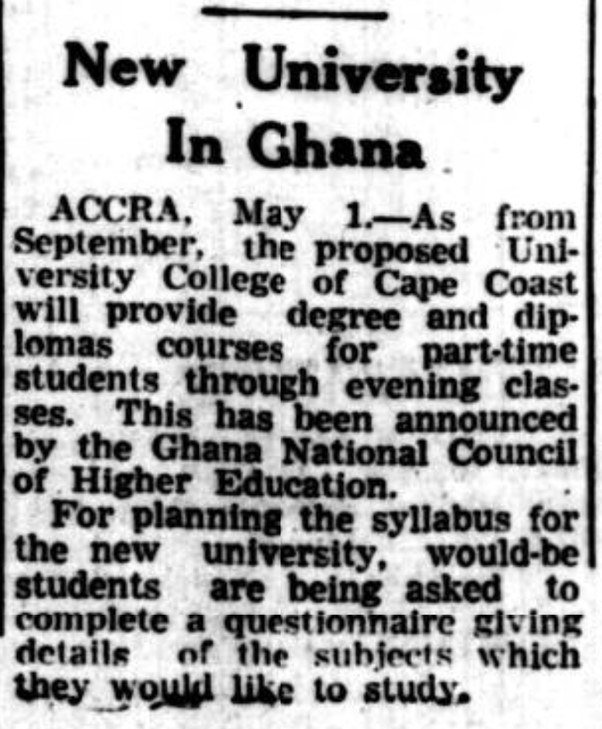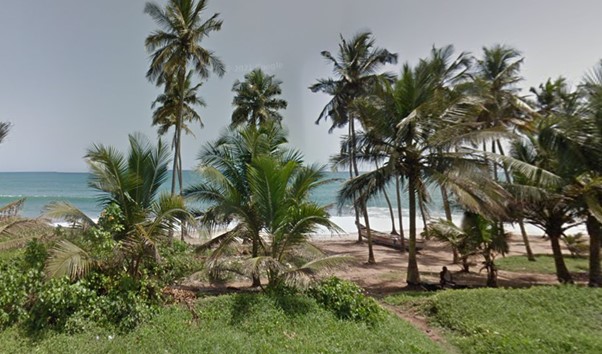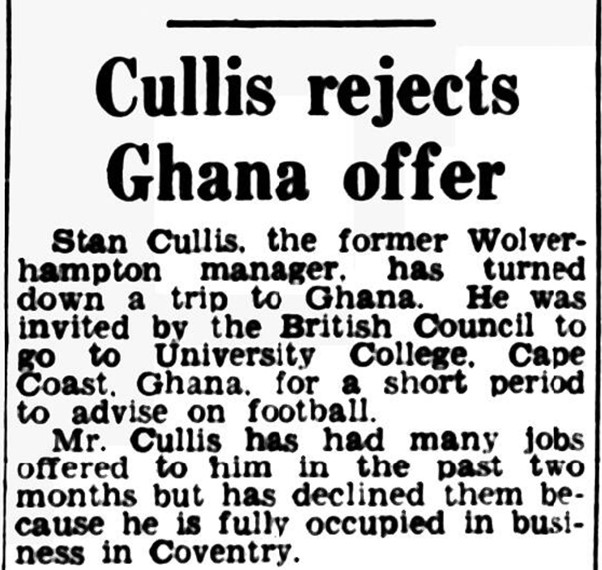It’s 1962.
Ghana transitioned* to independence in 1957, five years ago, and declared a republic just last year in 1961. It is getting on with things. And there’s a need for teachers, particularly secondary level.
The solution? The creation of the University College of Cape Coast, in October 1962, with a mandate to educate graduate-level professional teachers. It opened its doors in 1963, with 155 students; there were two departments (art and science).
Its creation attracted international attention: the Civil and Military Gazette in Lahore, Pakistan, reported on 2 May 1961 on plans for its establishment, although the timeline set out in the report shows a certain optimism about how long before students could be admitted: it seems that it was two years later than planned that the first students joined. (Anyone who has worked in a university knows that new courses always take longer to establish than initially hoped.)

The university college was granted university status in 1971, with the power to award degrees, diplomas and certificates – all of the panoply. Prior to that it had been affiliated with the University of Ghana, Legon, which had been granted university status in 1961, following its own establishment as University College of the Gold Coast in 1948.
The university is located in Cape Coast, Ghana, which is, as the name suggests, on the coast. And the views are spectacular. Here, courtesy of Google, is the view from the road which runs long the south of the old campus.

Now I am as fond of Swansea as anybody, and Swansea University occupies a lovely sea-front position with a view across Swansea Bay (in fact, it occupies two sea-front sites: one at the old campus in Singleton Park, one on the burrows by Jersey Marine). But I’d have to admit that the view from Cape Coast University is probably slightly more dramatic.
By 1963 the original two departments became the faculties of arts and of science; and in 1964 two further faculties were added: in education and in economics and social studies.
The university college was ambitious. The Coventry Evening Telegraph of 19 December 1964 reports that Stan Cullis, Wolves footballer and manager, and England captain, was sought by the university college to advise on the development of football. He’d been sacked by Wolves not long before, but his achievements made him a club legend. Cape Coast University College was thinking big.

The university kept growing, adding a faculty of agriculture in 1975, and promoting its department of business studies to be a faculty in its own right in 2003–04. It now also offers medicine and law.
And it is, by UK standards, a huge university. It currently has over 78,000 students. About 30,000 are distance learners, studying at a variety of student centres across Ghana, mostly for education degrees. Of its 48,000 on-campus students, about half are full-time on undergraduate and postgraduate programmes; the other half are following sandwich degrees.
The Public University Act 2020 defined the university thus:
Set-up to provide quality higher education with a focus on comprehensive, liberal and professional science teacher education programmes that challenge learners to be creative, innovative, and inspirational professional educators at all levels of education. Through distance learning, it also extends expertise and facilities to train professionals for the education enterprise and business by employing modern technologies.
There’s a positivity and optimism here which I like! The card itself is unposted.
(* Many thanks for Dr Charlotte Purkis and Margaret Ruwoldt for helping me think through the right word to describe this. Legislatively, Ghana’s creation as a state came through the UK’s parliament, a legacy of colonial rule. But this casts the Ghanaian independence movement as more passive than was the case: the British state did not leave without being pushed, and realising that it wouldn’t be able to withstand the pushing. So transitioning seems the best way to cover the complexity.)












